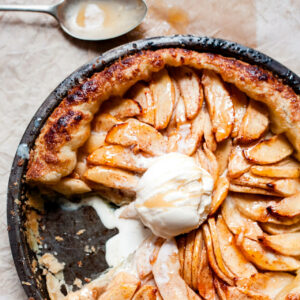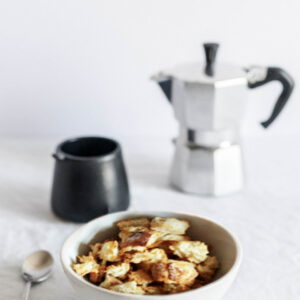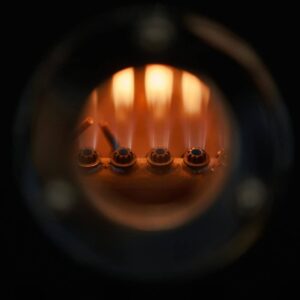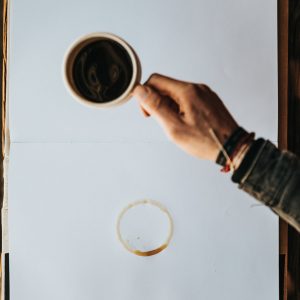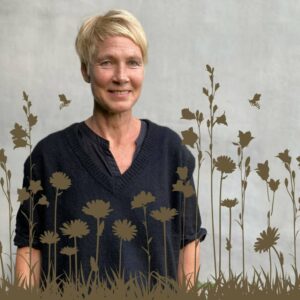Cultivation
Cultivation, noun (also coffee cultivation): Coffee plants require a balanced climate, plenty of rain, a lot of shade and a nutrient-rich soil. The best conditions for this can be found near the equator. In principle, there are two forms: Organic and conventional cultivation. The most important differences: Organic means no pesticides, no chemical fertilizers, and harvesting by hand. Organic cultivation is mostly carried out by small farm cooperatives, often under fair trade conditions. Conventional cultivation generally means large plantations, use of synthetic pesticides and chemical fertilizers as well as contamination of the soil, water and inhabitants due to chemicals and soil erosion.



